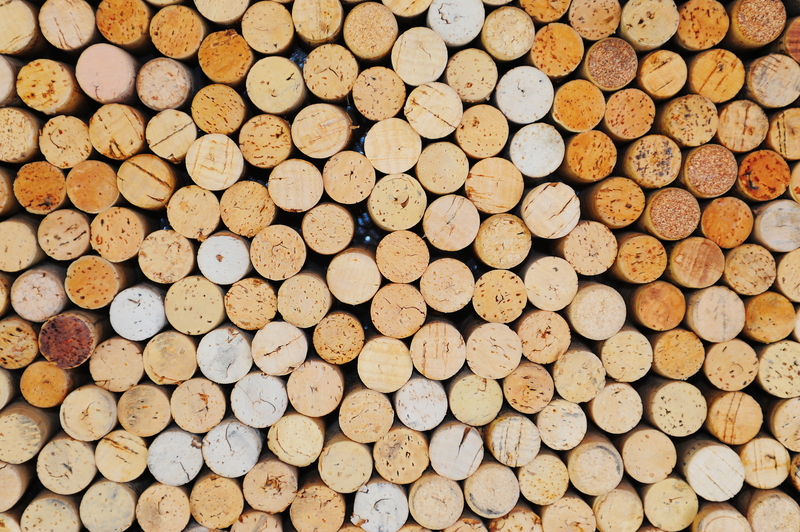In today's world, the need for sustainable practices is crucial. As we strive to minimize waste and preserve natural resources, turning wood waste into valuable commodities has become an essential practice. This comprehensive guide delves into how this conversion is possible, the benefits it offers, and the technologies that drive the transformation.
The Significance of Wood Waste
Wood waste is an inevitable by-product of numerous industries, including forestry, lumber, and construction. Traditionally, it was considered as a burden, often discarded or burned, contributing to environmental pollution. Spanning from sawdust to larger wood chunks, wood waste presents both a challenge and an opportunity. Successfully repurposing this material can significantly impact sustainability and resource efficiency.

Understanding Wood Waste
Wood waste comes in various forms, including:
- Sawdust: A fine by-product generated during cutting or shaping wood.
- Offcuts: Small pieces of wood left over from larger projects.
- Bark: The outer covering of trees, often removed during processing.
- Chips: Small pieces resulting from chipping larger wood portions.
Recognizing the diversity in wood waste is crucial for deciding its most effective conversion method.
Methods of Transforming Wood Waste
Biomass Energy Production
Perhaps one of the most significant uses of wood waste is in biomass energy production. Converting wood remnants into biofuels, such as wood pellets, offers a renewable energy source that replaces fossil fuels in heating and electricity generation. Harnessing the energy potential of wood waste reduces greenhouse gas emissions and maximizes resource utilization.
Composite Materials Manufacturing
Wood waste can be combined with resins and other materials to produce engineered wood products like particleboard, oriented strand board (OSB), and medium-density fiberboard (MDF). These products offer significant advantages over traditional wood, including uniformity, strength, and flexibility. The use of recycled materials in construction has also gained traction, providing eco-friendly alternatives to conventional building methods.
Biochar Production
Wood waste can be converted into biochar through a process called pyrolysis. Biochar is a stable, carbon-rich form of charcoal that can improve soil health and productivity when used as a soil amendment. This process enhances soil fertility, retains moisture, and acts as a carbon sink, helping mitigate climate change by sequestering carbon in the soil.
Animal Bedding and Mulch
The use of wood chips and sawdust as animal bedding or garden mulch is a simple yet effective way to recycle wood waste. It provides comfortable and absorbent solutions in agricultural settings while reducing water evaporation and weed growth in gardens and landscapes. This method closes the loop by reintroducing organic matter into the ecosystem.
Economic and Environmental Benefits
Transforming wood waste into valuable products offers myriad benefits:
Environmental Impact
- Waste Reduction: Diverting wood waste from landfills minimizes space usage and pollution.
- Resource Efficiency: Maximizing the use of every part of the tree supports sustainable forestry.
- Carbon Emissions Reduction: Using wood waste for energy and biochar production reduces reliance on fossil fuels and sequesters carbon.
Economic Advantages
- Job Creation: The wood recycling industry creates jobs at various levels, from collection to processing and manufacturing.
- Revenue Generation: Selling recycled wood products and energy can provide an additional income stream for businesses.
- Innovation Opportunities: Developing new technologies for waste conversion opens doors to innovation and technological advancements.

Challenges and Considerations
Despite its benefits, converting wood waste into valuable commodities is not without challenges. Issues like contamination of wood waste, transportation logistics, and initial infrastructure investment can hinder widespread adoption. Nevertheless, with growing focus on sustainability and technological advancements, these obstacles are increasingly being addressed.
Contamination
Wood waste can be contaminated with paints, adhesives, or chemicals, which complicate the recycling process. It is critical to establish sorting and cleaning protocols to maintain quality and safety standards in end products.
Logistics and Transportation
The collection and transport of wood waste require strategic planning, as the scattered nature of sources can increase costs and emissions. Collaborations between industries and regions can optimize logistics, sharing resources and reducing expenses.
The Future of Wood Waste Utilization
The push towards a circular economy means the future of wood waste utilization is promising. Emerging technologies such as biorefineries aim to convert wood waste into a wide array of chemicals and materials, further expanding its potential applications. Investing in research, policy support, and public awareness are key drivers in scaling up the conversion of wood waste.
Technological Innovations
Advanced technologies like torrefaction and hydrothermal processing are being explored to improve conversion efficiency and expand product offerings. These innovations enable the creation of high-value products, such as liquid biofuels and specialty chemicals, from wood waste.
Policy and Incentives
Government policies and incentives play a crucial role in propelling the sustainable management of wood waste. Encouraging research, granting tax benefits, and imposing regulations on waste disposal can foster industry growth and participation.
Consumer Awareness
Educating consumers about the lifecycle and benefits of recycled wood products can enhance market demand. Advocacy and informative labeling are effective means to bolster consumer confidence and preference for sustainable products.
In conclusion, converting wood waste into valuable commodities is not just a strategy for waste management, but a comprehensive approach to resource conservation and economic development. By maximizing the potential of wood waste, industries can contribute to a greener, more sustainable future while reaping substantial economic rewards. Embracing these innovations paves the path toward an eco-friendly industry rooted in efficient and ethical practices.